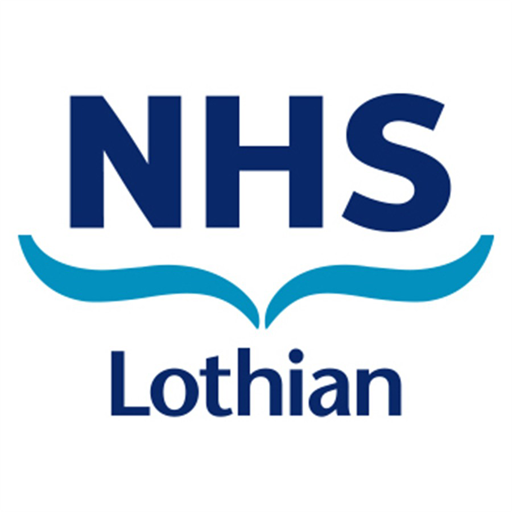Nasogastric tube - staff guidance

Early discharge of babies home with nasogastric tube feeding
Staff information
Our Neonatal Unit (NNU) is working to provide the highest quality family integrated care. One of our aims to achieve this is in the promotion of keeping mothers and babies together. It is a skill they can learn starting from NICU through HDU to SCBU and helps them feel involved and empowered in their baby’s care, even when their baby is tiny.
Benefits of early discharge included:
- families becoming the main carers for their baby(ies)
- promotion of bonding and family integrated care
- reduced length of stay in hospital
- reduction in acquired infections from hospital
- improving the flow of babies through the NNU/SCBU
- improved weight gain
- improved rates of breast feeding
- parents learning the cues of their babies earlier
- high parental satisfaction rates
- reduced financial strain on families
- reduced cost of inpatient stay in hospital
Eligible babies to consider on home NGT feeding
- ≥ 34+0 weeks gestation
- Weight ≥ 1.6kg
- Should be at least 72 hours old
- There is no medical need for the baby to be in hospital
- The baby needs to be taking at least 50% of their total feed volume orally either by breast or bottle
- Parental agreement and understanding of NGT feeding at home
- Parents have completed the NGT competencies (they do not need to learn how to pass a NGT)
- No social concerns
- The Neonatal Community Outreach Team are able to provide ongoing
- care in the home
REFERENCES
Bissell G. et al (2009) Changing practice by the earlier introduction of tube feeding at home Infant, 5(5), 150-154.
Dawson, JA. et al (2012) Push versus gravity for intermittent bolus gavage tube feeding of premature and low birth weight infants, Cochrane Database Of Systematic Reviews, 11. https://doi.org/doi:10.1002/14651858.CD005249.pub2
Doncaster and Bassetlaw Hospital NHS Foundation Trust (2015) Nasogastric Tube Feeding At Home: Parents training and information pack.
Hayes, C (2020) Nasogastric Tube Feed At Home: Information for parents and carers, Oxford University Hospital NHS Foundation Trust.
Kampen, F. et al (2019) Early discharge of premature infants < 37 weeks gestational age with nasogastric tube feeding: the new standard of care? Eur J Pediatric, April, 178(4): 497-503.
Lagatta, JM. et al (2021) Actual and Potential Impact of a Home Nasogastric Tube Feeding Program for Infants Whose Neonatal Intensive Care Unit Discharge Is Affected by Delayed Oral Feedings, J Pediatr, July, 234: 38-45.e2. doi:10.1016/j.jpeds.2021.03.046.
Levin A. (1994) The Mother-Infant Unit at Talin Children’s Hospital, Estonia: a truly baby friendly unit Birth 21(1) 39-44.
Nzirawa, T. (2017) Early Discharge from the Neonatal Unit with Nasogastric Tube Feeding: Does not Mean Isolated Working, Journal of Preoperative & Critical Intensive Care Nursing, 3(1), DOI: 10.4172/2471-9870.1000136.
O’Brien K. et al (2013) A pilot cohort analytic study of family integrated care in a Canadian neonatal intensive care unit BMC Pregnancy Childbirth 13 (supplement 1)
Rose C. et al (2008) Strategies for getting preterm infant home earlier Arch Dis Child 93(4) 271-73.
Schuler, R, Ehrhardt, H, Mihatsch, WA (2020) Safety and Parental Satisfaction With Early Discharge of Preterm Infants on Nasogastric Tube Feeding and Outpatient Clinics Follow-Up, Front Pediatrics, 8:505. doi: 10.3389/fped.2020.00505
Woodword, D (2019) Home Tube Feeding: Information for Parents and Carers, The Leeds Teaching Hospital NHS Trust.
Yap, L; K, Mohamad (2012) Going home with nasogastric tube feeding; Whittington Hospital NHS Trust.
